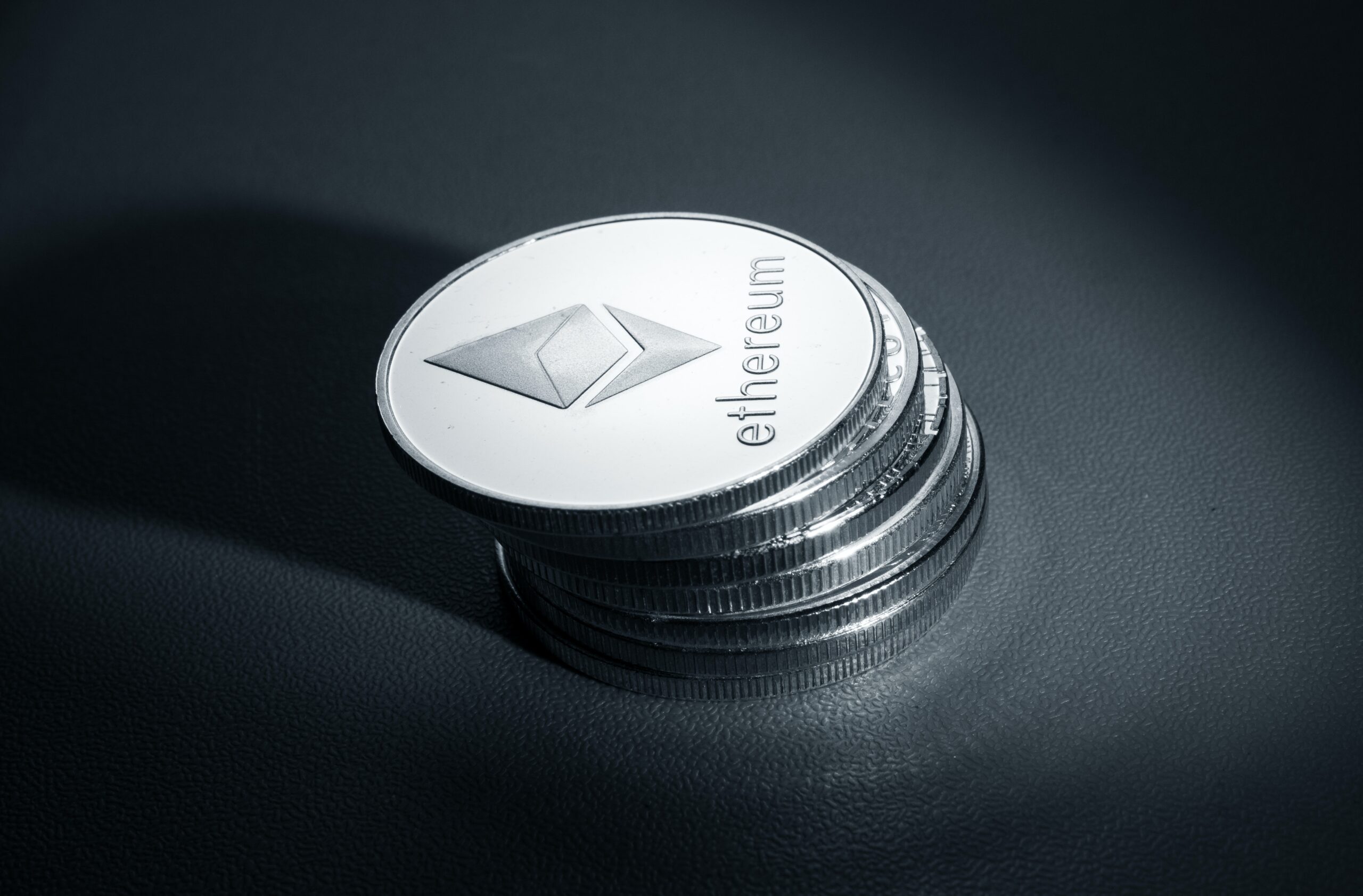What is Ethereum Virtual Machine (EVM)?
The Ethereum Virtual Machine (EVM) is a distributed virtual computing environment that is in charge of running smart contract algorithms on the Ethereum network. The cost of the transaction is "gas" (gwei), which is used by the EVM as payment for executing smart contracts. The...

The Ethereum Virtual Machine (EVM) is a distributed virtual computing environment that is in charge of running smart contract algorithms on the Ethereum network.
The cost of the transaction is “gas” (gwei), which is used by the EVM as payment for executing smart contracts. The precise amount of gas that the user must pay is determined on the difficulty of the calculations made and the load on the Ethereum blockchain at the time.
What is the Purpose of the Ethereum Virtual Machine?
The EVM can be compared to a collection of decentralized computers that operate on the same network and compute in accordance with the same set of rules without a central authority.
In contrast to the Bitcoin protocol, which is portrayed as a distributed registry, Ethereum represents a sizable data structure that the EVM is in charge of processing and altering. Each of the tens of thousands of virtual machines independently executes any code added to the Ethereum block.
The Ethereum Virtual Machine (EVM) ensures that every transaction and smart contract on the Ethereum blockchain will be carried out in line with the set rules and smart contract code. The Ethereum Virtual Machine (EVM) acts as a platform for actions involving tokens on the Ethereum network, including invoking smart contracts, altering address balances, and changing application states.
“Throttle” in the Context of an EVM
In Ethereum, gas (gwei) serves as an internal currency that is utilized to settle transactions on the EVM. 0.000000001 ETH is equal to 1 gwei. Ethereum’s “Gas” is compared to gasoline in that the user must “refuel” the transfer before it may travel.
Depending on the intricacy of the transaction and the strain on the Ethereum network, different transactions will have different gas limits. For instance, the average transaction fee in Ethereum hit $60 in mid-2021, a swap on Uniswap cost $135, and a deposit replenishment in Compound cost over $200. This was due to a surge in demand for the Shiba Inu meme-cryptocurrency. The main cause of this was the heavy blockchain load caused by numerous people making parallel transactions with Shiba Inu.
The gas limit chosen may not be sufficient if the operation proves to be too complex, in which case the EVM will cease processing the transaction without recording it to the Ethereum blockchain.
The absence of gas as payment for the operation of the EVM could result in computations that are infinitely complicated and cause the network to become congested. As a result, the gas in Ethereum serves as a defense against intrusions and blockchain attacks.
How is The EVM Used?
The Ethereum blockchain is not the only platform that makes use of the EVM, despite the fact that numerous crypto projects have their own virtual machines. The following blockchain applications utilize the work of the Ethereum Foundation:
- Bitcoin Classic a platform that uses the Proof-of-Work consensus mechanism to enable the creation and execution of smart contracts.
- VeChain. Blockchain is a consensus system based on Proof-of-Authority.
- fantom. a framework for smart contracts that is completely compatible with the EVM and is based on directed acyclic graphs (DAG).
- Polygon. a set of blockchains and protocols installed on top of Ethereum.
Blockchains Compatible with EVM
Numerous drawbacks of the Ethereum virtual machine include high storage costs, poor scalability, high gas prices during Ethereum network congestion, and substantial programming restrictions for smart contracts.
EVM-compatible networks, which use a code execution environment comparable to the Ethereum virtual machine but at the same time offer substantially cheaper transactions as a result of unique scaling strategies, can provide a solution to these issues. This makes it simple for developers of decentralized applications within the Ethereum ecosystem to switch to blockchains that are more scalable without having to start from scratch with smart contracts.
The term “sidechains” refers to one class of such solutions. They can utilize different blockchains, each with their own consensus algorithm and block creation specifications, but they must employ a virtual machine that is EVM-compatible. Examples of Ethereum side chains include Gnosis Chain, Loom Network, and Matic (Polygon PoS).
Second-level (Layer 2) solutions based on Rollups technology provide an additional choice. The Optimism platform, which makes use of the Optimistic Rollups protocol, is an illustration of an L2 project. The rollup protocol executes calculations and saves the state of the contracts in a separate Optimistic Virtual Machine, whereas the EVM controls smart contracts in this blockchain.
